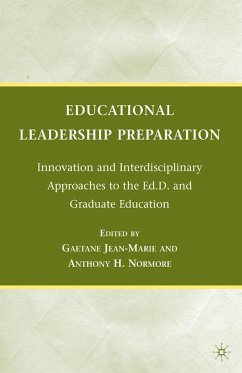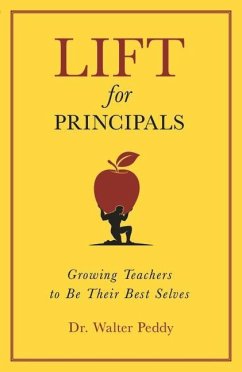
A Chance to Solve Their Own Problems
Inside the New Methods Seeking to Remake Public Schools
Versandkostenfrei!
Erscheint vorauss. 11. August 2026
27,99 €
inkl. MwSt.
An inside look at the promise and pitfalls of continuous improvement and design in education--showing why reform sometimes succeeds, sometimes fails, and what leaders can do about it. While the headlines have been consumed by No Child Left Behind, Common Core, charter schools, and battles over DEI, a group of practitioners have been trying to develop a new set of approaches to taking on the perennial problems of schooling. And rather than betting on a new program or a new policy, these reformers have bet instead on a different way of working that they hope will yield much better results. By te...
An inside look at the promise and pitfalls of continuous improvement and design in education--showing why reform sometimes succeeds, sometimes fails, and what leaders can do about it. While the headlines have been consumed by No Child Left Behind, Common Core, charter schools, and battles over DEI, a group of practitioners have been trying to develop a new set of approaches to taking on the perennial problems of schooling. And rather than betting on a new program or a new policy, these reformers have bet instead on a different way of working that they hope will yield much better results. By teaching educators across the nation and the world how to examine data, build systems, and organize for improvement, they are aiming to make existing systems more problem-focused, disciplined, and imaginative. Thousands of schools and districts have taken up these methods, including many of the largest school districts in the country. In A Chance to Solve Their Own Problems, a team of Harvard researchers investigates how these methods work in action. Drawing on hundreds of interviews as well as in-depth case studies, they offer a definitive account of why these methods succeed in some contexts and falter in others, illuminating the crucial roles of relationships, equity commitments, organizational context, and politics. The book reveals that the most successful applications are less about rigid adherence to a process and more about a human-centered approach that prioritizes trust, relationships, and a culture of learning. By blending clear-eyed critique with a constructive vision, A Chance to Solve Their Own Problems invites scholars, leaders, and practitioners to rethink how improvement work is organized, supported, and sustained. It is both a cautionary tale and a guide for those committed to making lasting progress in the complex human systems we call schools.













